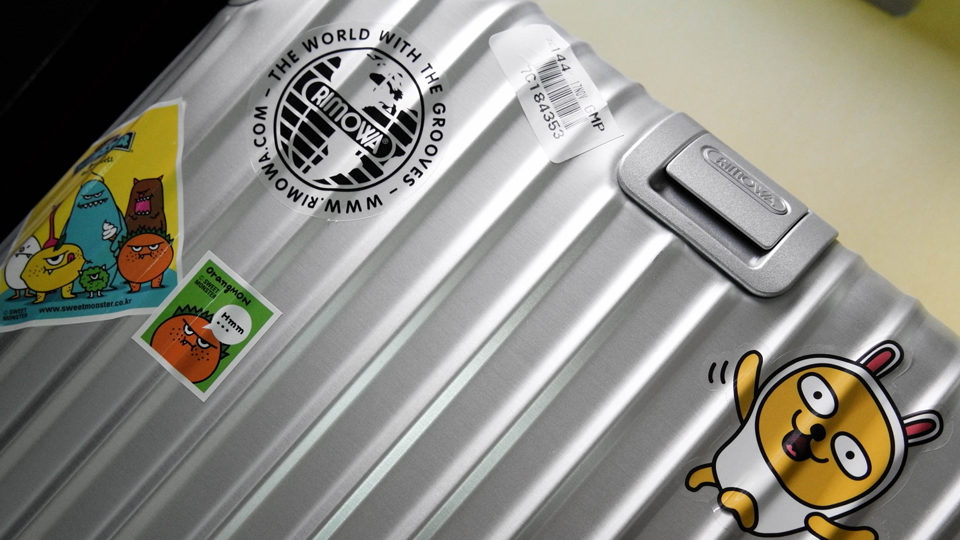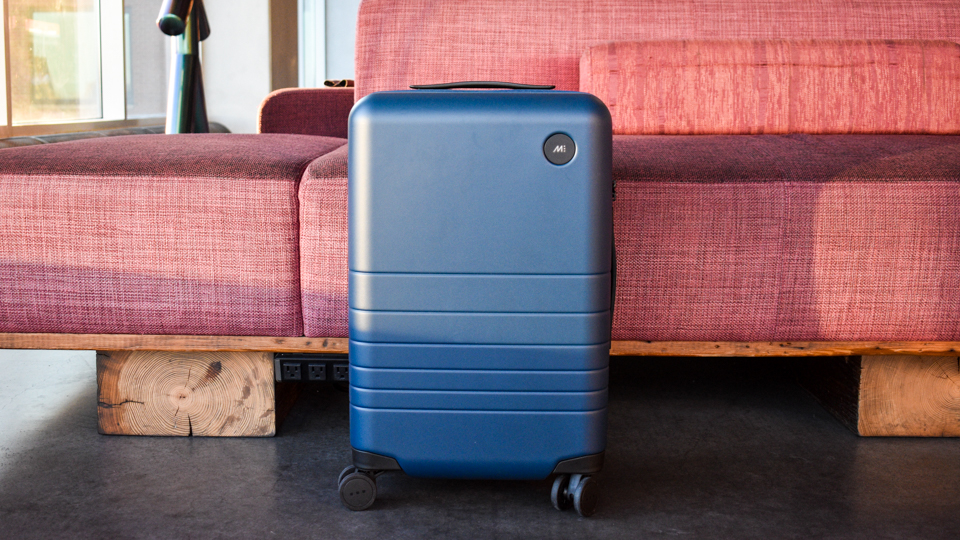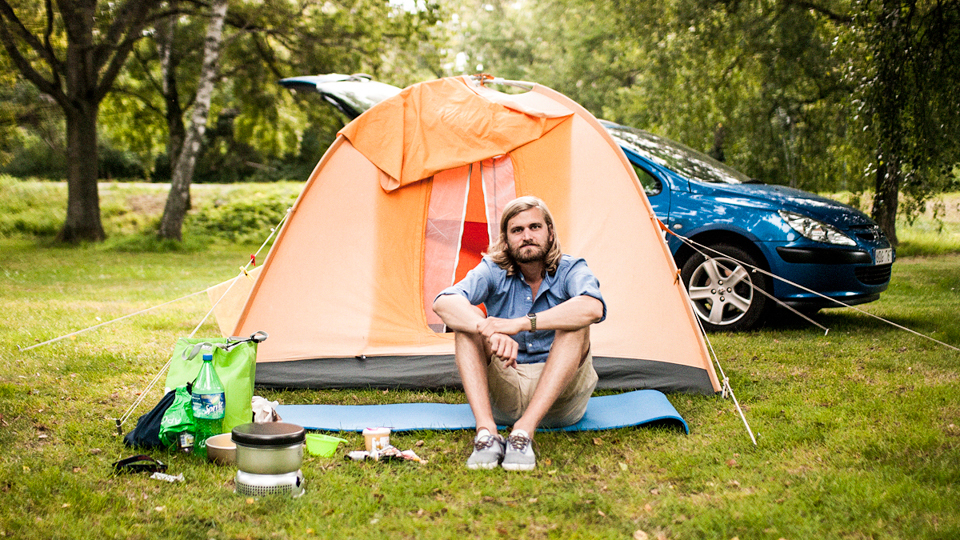
Chances are we're not all camping pros. It's time to get creative when it comes to weekend getaways and longer holidays, with travel on hold.
If it's pitching a tent in a local state park or backpacking into the wilderness for an evening away from it all, camping gives us an opportunity to disconnect at a time when getting off-the-grid sounds like just about the best thing ever. It's also one of COVID's safer activities.
Wondering where to begin and/or how to do it safely? Check out these tips for preparing for the first COVID campout.
Choose a camping style
Maybe you're the kind of camper who'll toss a bag of Doritos, sleeping bag, pile of clothes, and pillow or two into the car trunk before taking off for a KOA campground. Perhaps you'd rather pack everything snugly into a backpack, rationing out enough freeze-dried pasta dinners for three nights in the wilderness.
Thankfully, no one has to be a born camper to bed down beneath the stars. But a little common sense goes a long way.
On my first backcountry trip, far from any roads and/or infrastructure, my then-boyfriend and I thought it’d be a good idea to share a sleeping bag. Guess what? It wasn’t.
Remember, all you really need for a simple night outdoors is a good sleeping bag (for you and you alone), a sleeping pad (exactly what it sounds like to help level the ground surface and to act as insulation), something that acts as a pillow (a rolled up fleece will do), and, in most cases, a tent. In case there’s further explanation needed, the tent will help keep raccoons at bay, adding a layer of protection from wind, bugs, and morning dew.
With these tools, it’s easy to survive a night “in the wild” (this could be your backyard, or a campground from which you’re planning to leave for breakfast and dinner and little else).
Having the right camping gear
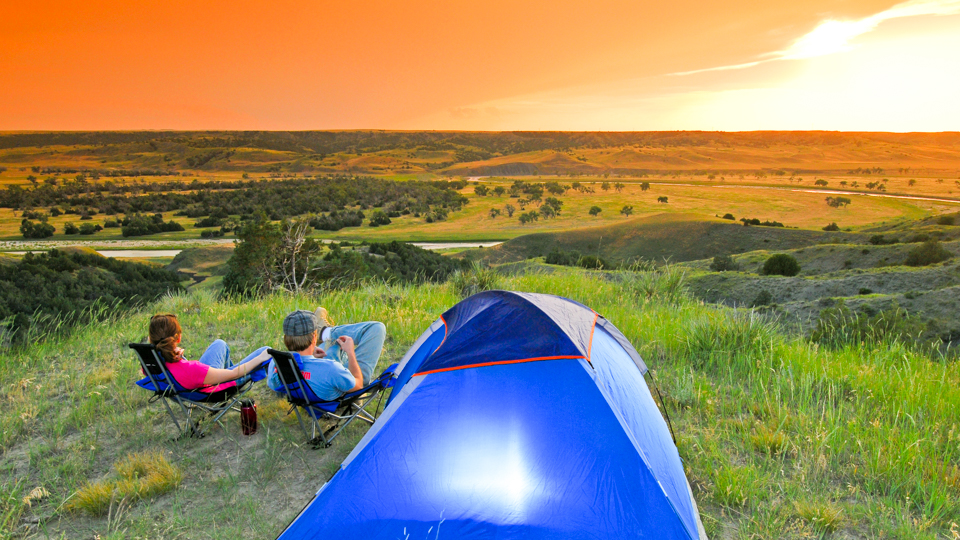
Does camping always look like this? (Roderick Eime / Flickr)
But if it’s a real camping experience you’re after, consider bringing along these additional items, which can help increase comfort levels exponentially:
Gear
- Headlamp or flashlight (even if its the iPhone), with batteries
- Camping chairs (for sitting comfortably around a campfire)
- Waterproof matches or lighter (for starting said campfire)
- A footprint, a protective fabric that lines the ground beneath the tent, and is often optional with a tent rental or purchase
- Tent rainfly, a waterproof outer layer that drapes over the tent and keeps you from getting soaked in a storm
- Swiss Army knife (it’ll open a beer, pluck a torn, cut a piece of cheese, etc.)
- Backpack (a necessity if you’re planning on true backcountry, away from any roads and/or infrastructure)
- Plastic trash bags
Health
- First aid kit (think about it: you’re in the wilderness. Anything can happen)
- Hand sanitizer (this is the time), toilet paper (it never hurts to be too prepared), a garden trowel or other tool for digging a hole (in case toilets aren’t available), and ziplock bags for carrying out TP (after business is done)
- Sunscreen, sunglasses, and a hat
- Water bottles filled with fresh, drinkable water
Clothing
- Rain jacket (the weather can change in an instant)
- Warm clothes, including gloves, a ski cap, and long underwear
- Comfy shoes or sandals for hanging out, and an extra pair of warm socks
- Swimsuit
But wait! Don’t want to shell out endless cash for items listed above??
If you're not already hoarding camping gear in the garage or (like me) hall closet, consider renting what you need from specialized companies. Outdoor retailers like REI and Last Minute Gear rent out camp cookware, trekking poles, and even basic backpacking kits complete with rechargeable headlamps, sleeping bags, a tent, and a stove kit so that you don't have to fork over dollars for (let's be honest here) what may really be a one-time deal.
Learning to fend—and feed—for yourself
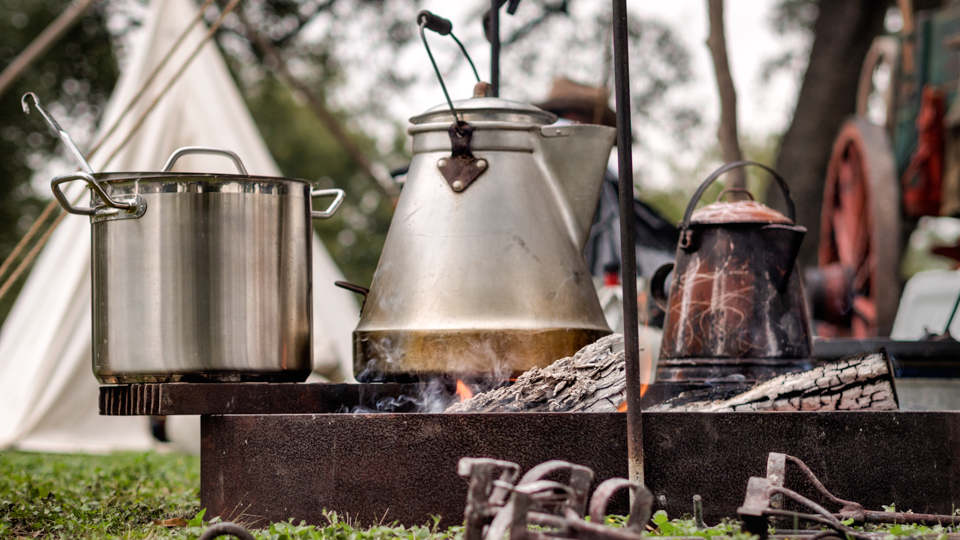
Cooking over an open fire. (Anne Worner / Flickr)
Of course, if you’re planning on eating at all it’s important to bring along either a pan to cook over the open fire with (and food to cook!), or a camp grill (but don’t forget the fuel), along with plates and cutlery. At the very least, pack some chocolate, graham crackers, and marshmallows for making campfire s’mores, a campfire essential.
Morning caffeine hound? Consider investing in a portable coffee or tea maker, and the beans (and cups!) to use with them.
Think about whether car camping (having everything you need right there in the car, so that you can take along as much as you want, drive to the store if needed, and have an easy escape plan) is the best move, or if the remote wilderness of Yosemite National Park is calling your name.
If it's the latter, Outward Bound and The National Park Foundation can help assure that overnight wanderings in the woods (mountains, deserts, etc.) go as smoothly as possible. They'll also help with wilderness food planning, navigation tips, and purifying water for drinking along the trail.
Understand basic campsite facilities
Campsites across the U.S. range from designated campgrounds equipped with shady spots to pitch a tent, fully-equipped restroom facilities (typically, meaning flushable toilets and coin-operated showers)1 to barren patches way out in the middle of nowhere2
Remember many campgrounds may have limited facilities during COVID, and it would suck to think you'll be showering all week only to find out the restroom facilities are off-limits to campers. Always call ahead before booking.
Koa, Reserve America, Recreation.gov and the U.S. National Park Service can provide listings, fees, and “need-to-know” details (like whether or not they allow campfires and are following COVID-19 precautions) for both private and public camping sites throughout the fifty states.
On top of that, sites like Campendium lists free campsites nationwide, complete with user reviews. There are endless options for finding the perfect campsite, whether that’s tucked beneath the towering pine trees of Utah’s Bryce Canyon National Park or along 150 acres of New Jersey farmland, with actual restrooms on-site.
How is it different during COVID?
The first thing to note is that it is different. This isn't the time to go organizing Burning Man-like campground ragers with 20 closest friends. Instead, plan a small group outing and stock up on masks, alcohol-based sanitizing wipes, and hand sanitizer for the duration of the trip. Just because you'll be spending a few days cavorting with squirrels and wandering among Douglas fir trees doesn't mean the novelty of it all is COVID-free.
Since we all know that weekends are when the hordes of travel warriors rear their heads, consider booking a campsite (some campgrounds offer walk-in sites, though most are reservation only) midweek if possible and look for campgrounds with plenty of spacing between sites (websites like the California Department of Parks and Recreation provide maps for each listed campground).
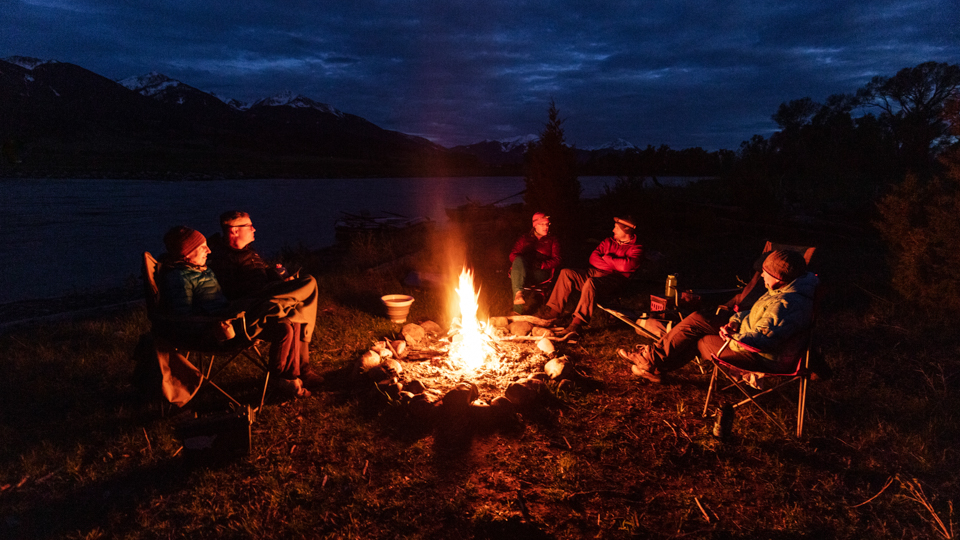
All around the campfire... (Yellowstone National Park / Flickr)
Keep the general six-feet-distance rule whether it's walking to the restroom or relaxing lakeside. It's just smarter, simpler, and more responsible to do all around.
Seriously, mixing germ circles is still a no-go. If you’re camping with people from other households, think about driving to the site or trailhead (for hiking to the site, for all you noobs) separately, and carrying your own individual dishware instead of mixing it all together.
Another rule of thumb: Hot dogs and hamburgers work much better during COVID than shared stews and pastas. Plan on making meals that don’t require scooping from the same large bowl.
It’s best to take care of any food shopping before even setting out on the trip. It’s a good way of keeping a minimal carbon footprint and limiting extra stops along the way.
Look, a COVID camping trip may not me the Tahitian holiday you had planned, but it’s really a damn cool adventure when you think about it. And one that offers a lot of flexibility, at a time when such freedom seem a bit hard to come by.


